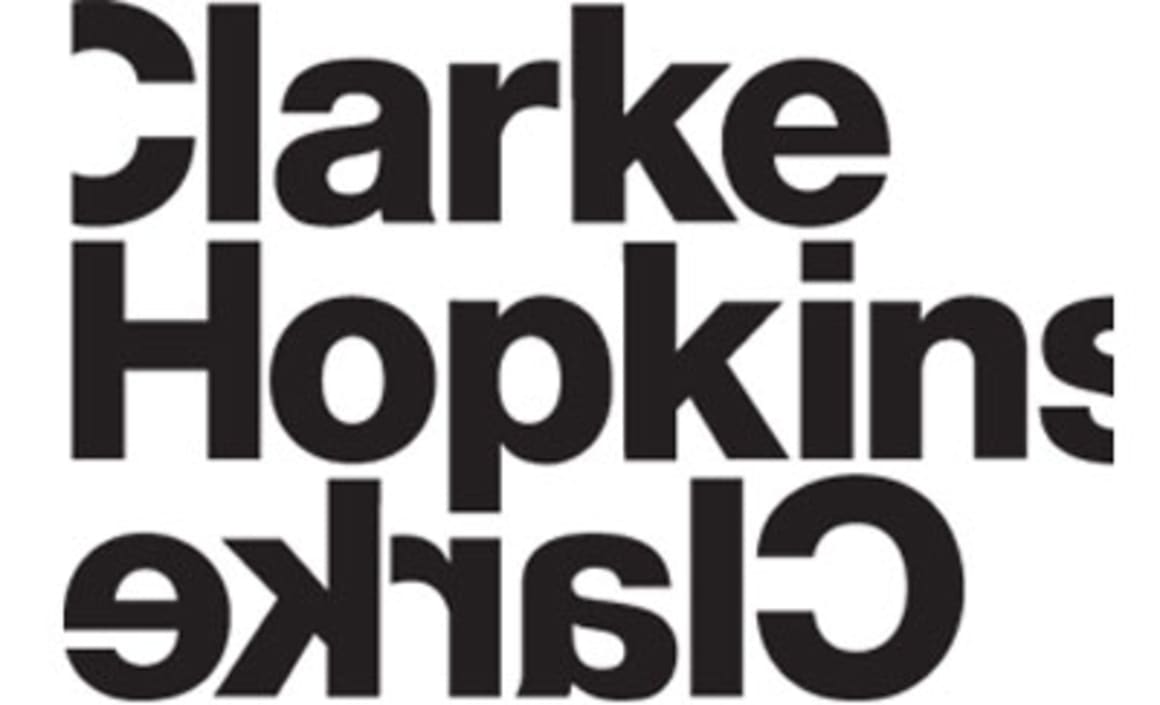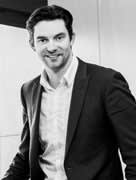In profile: ClarkeHopkinsClarke's partner, Dean Landy

NAME: Dean Landy
POSITION: Partner in Melbourne architecture firm ClarkeHopkinsClarke (CHC) and founder and director of the One Heart Foundation, a not for profit organisation working to alleviate poverty in Africa.
COMPANY: Melbourne firm CHC has more than 50 plus years’ experience in creating vibrant communities across the design of entire urban communities as well as education, multi-residential, mixed-use, commercial, health and aged care projects.
OFFICE LOCATION: 115 Sackville Street, Collingwood.
One Heart Challenge operates out of an office in Melbourne’s western suburbs.
- How long have you been in the industry?
I have been a registered architect for 13 years. I’m predominantly involved in the planning and design of retail and mixed use projects, multi-residential, commercial and community infrastructure projects.
My work stitches good architectural outcomes such as a strong design aesthetic, good buildabilty, integrated environmentally sustainable design principles and human-centred design solutions together with a strategic approach that creates a strong local social and economic environment as well as excellent developer returns. In other words, I aim to create vibrant communities.
I began work at CHC in 1998, when it was a practice of only 12 people. Today there are 65 people and the practice has been established for nearly 55 years.
In 2009 I received the ARBV Award for Architectural Services, a client nominated Award based on excellence in the design process. As a result, in 2011 I became an examiner for the ARBV Registration Board, assessing prospective architect’s registration applications for practice in Victoria.
- What’s happening in the area you specialise in?
'Creating vibrant communities' is how we describe CHC’s overarching approach to urban design. It’s a guiding philosophy that motivates us to carefully consider how the process of creating new places and communities should work to ensure new greenfield, brownfield and urban consolidation projects become more financially, environmentally and socially sustainable places to live.
CHC is currently undertaking research to rethink the way new places evolve. We are designing new processes that can be replicated to ensure a more creative and holistic view is taken when designing new places. From the initial idea, or the visualisation stage, through to the realisation of built infrastructure and beyond to activation by new residents and business and retail tenants. We call this the ‘place evolution process’.
This idea has gone beyond just research. We are currently developing a strong resource base and are looking to broaden the discussion in the design community to help contribute to our overall understanding for different stakeholders needs.
- Describe the most interesting commercial property you have worked on?
St Germain is a new greenfield community by visionary developer Gordon Gill. It is being developed within the City of Casey, a fast developing growth area of the south eastern urban corridor of Melbourne. The development has recently been approved by the former Planning Minister Matthew Guy, and is also a demonstration project for the Metropolitan Planning Authority. We are well into the overall planning but it is still in the visualisation phase.
St Germain has been masterplanned with a strong focus on providing a vibrant and sustainable mixed use community – including a strong commercial aspect. The project features a unique planning initiative that is driven by the early delivery of key infrastructure projects around a village square such as a large medical centre and shopping centre to start contributing to the overall target of 3,500 jobs, and enabling more people to live and work in the same community. Community facilities, retirement living and diverse housing options will soon follow once construction starts in 2015.
The new village square and park will create a distinct sense of place, quality urban infrastructure and amenities, and start to build on the desired sense of community.
- What are the ingredients to being successful in your job?
The key ingredient is to form strong relationships with the broad range stakeholders we work with on our projects. This can often go beyond an architect’s traditional role.
By connecting with stakeholders who are most knowledgeable regarding the planning opportunities during visualisation as well as with potential residents and business groups who will be affected during activation, we can much better understand the potential of a site and can act as a type of community advocate earlier on.
By behaving as a catalyst and facilitator of relationships between commercial, government and community stakeholders, greater value can be created for all parties throughout these stages, with the end result being a better place for people to live.
- What aspects of your role do you enjoy the most?
Combining my expertise as an urban planner and architect, with the community infrastructure projects we run at One Heart, means I can enjoy making a positive difference in the world in the profession I love to work in.
- Where would you invest a spare $750,000?
I would encourage any individual or company to invest in their people by supporting them to take part in the life changing leadership event that Run From Poverty will provide.
Since founding a charity to help abandoned and orphaned children I strongly advocate for wealthy western professionals to support those in poverty – so I would “invest” in making a future for some of the 22,000 children who die each day due to poverty. That's over 8 million children needlessly dying each year.
For me, rather than be overwhelmed by the enormity of the problem, I am inspired by the fact that I can help change the world for hundreds of children through the work that One Heart Foundation is doing in Kenya. And I believe this is just the beginning.
As part of our Corporate Social Responsibility (CSR) program, CHC are sponsoring two staff members to take part in Run from Poverty, as we know it will be an invaluable leadership development experience for them.
As a practice with a strong focus on the design of education facilities in Australia, it was an obvious connection for us to fundraise to construct more classrooms in Kenya through One Heart Foundation, as we know that education is the key to breaking the poverty cycle.
I would encourage other companies to consider supporting One Heart Foundation and Run from Poverty in the same way.
- Which football team do you support?
- What’s your favourite app or techno gadget?
Evernote on my tablet.
- How do you use social media?
I have to admit to being a bit of a social media novice!
At this stage the use of social media has been very useful for updating sponsors on the work of One Heart in Kenya and to connect with potential sponsors for Run from Poverty. However, I’m keen to learn how I can use it more to connect with others involved in urban development and to share and exchange ideas.
CHC is a supporter of Dean’s charity, which is holding its inaugural fundraising event, Run from Poverty, in Kenya between 19 and 28 July, 2015.